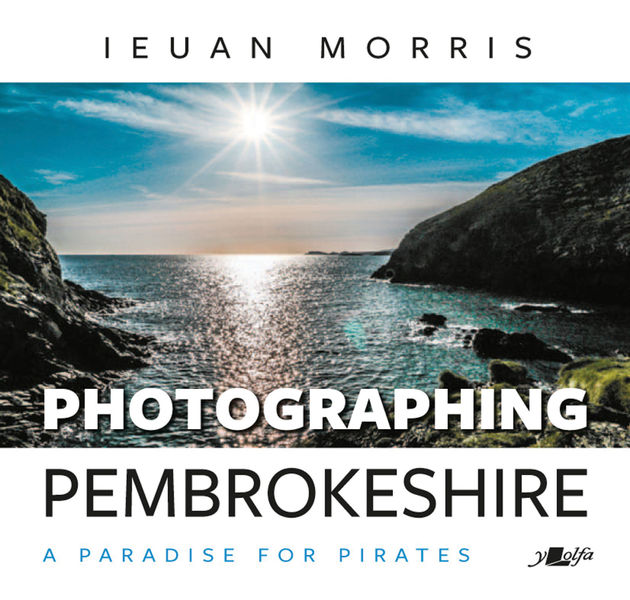Pembrokeshire: Wales' 'most beautiful' or 'most exploited' county?
This week sees the publication of Photographing Pembrokeshire – A Paradise for Pirates (£12.99, Y Lolfa), a fascinating voyage of discovery through Pembrokeshire locations frequented by pirates, smugglers, wreckers and others who have exploited the coastline over the centuries. Ieuan Morris’ stunning images showcase one of the UK’s most beautiful counties, but as well as discussing historic events the county is famous for, Morris also considers the impact of migration, tourism and industrial pollution and asks: Can Pembrokeshire as we know it survive?
“I’ve always had a strong attachment to Pembrokeshire, the county where I was born. I wanted to take the reader on a voyage through its striking coastline and exciting hinterland, both rich in history and character. My aim throughout the book was to photograph and capture locations where notorious events have taken place, accompanying the images with text that puts a new slant on the area’s history and assesses current issues it faces,” said author and photographer Ieuan Morris.
The book’s chapters are divided into areas, such as ‘Fishguard, the Gwaun Valley and Carreg Wastad’ and ‘Lydstep, Caldey Island, Tenby and Amroth’. In each chapter, Morris discusses events connected to that area, such as the stories of infamous pirate Barti Ddu or Black Bart (born in Little Newcastle), the large-scale 1980s drugs bust ‘Operation Seal Bay’ near Ceibwr Bay and the shameless 1773 looting of the shipwrecked Pheobe and Peggy near Solva. He also looks at the linguistic and cultural differences that exist across the ‘Landsker Line’, which divides the county into north and south. It is no coincidence that the place names below the Landsker don’t particularly sound Welsh and have no obvious link to the Welsh language, and that the area has become known over the centuries as ‘Little England beyond Wales’.
Pembrokeshire is a county located on the most westerly extreme of Wales, with a land area of just over 600 square miles. In 2010, National Geographic recognised Pembrokeshire as one of the top-rated coastal destinations in the world, and in 2019, Lonely Planet named the Pembrokeshire Coast National Park one of its Top Ten ultimate travel experiences in the UK. The county has a permanent population of around 125,000 and a disproportionately high number of holiday homes – a fact that has recently meant that Pembrokeshire County Council has had to impose a 50% levy on the annual council tax for this category of homeowner, penalising absentee ‘occupiers’.
“Pembrokeshire faces many problems – industrial pollution being but one – which, if not dealt with quickly, will be detrimental to the environment and to tourism. The balance between unscrupulous exploitation by large corporate bodies and ecological considerations is very delicate and something about which we all must be vigilant. It was important to me to raise awareness of some of the most pressing issues that the county is facing today, as well as conveying the natural beauty and fascinating underbelly of the history of Pembrokeshire,” said the author.
